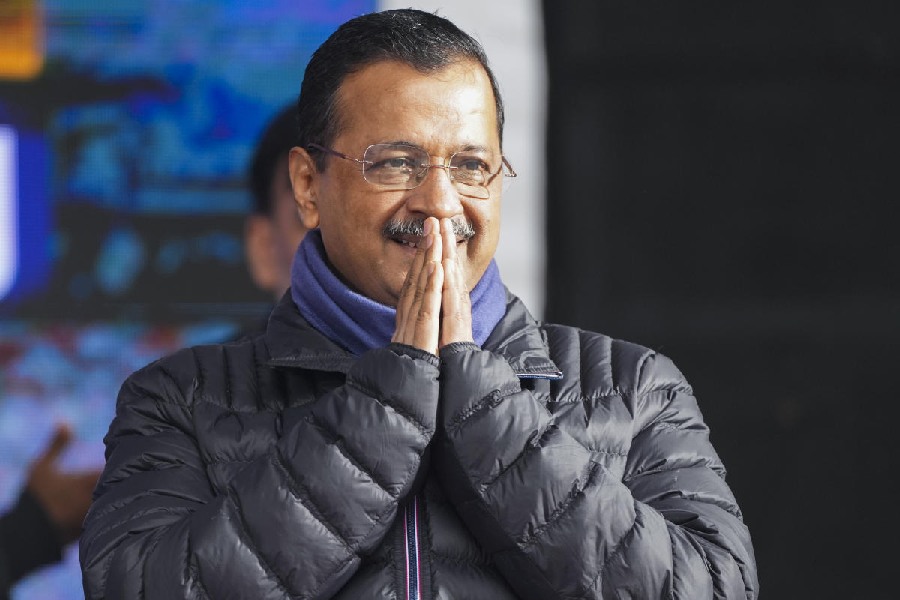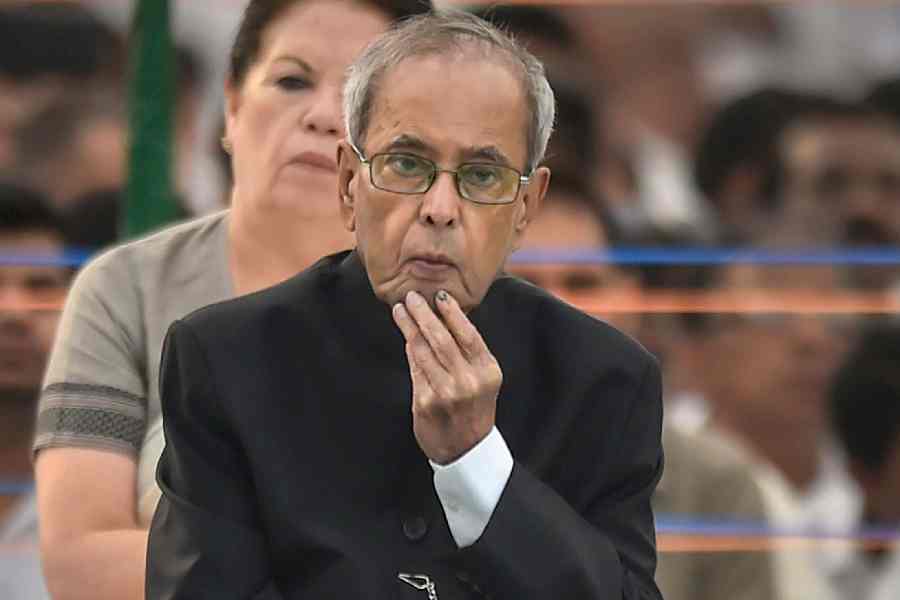The vision of the National Education Policy 2020 regarding schools has some way to go before being achieved. The Unified District Information System for Education Plus, under the Union education ministry, has provided data indicating that schools are yet to become standardised in technology. Only 57.2% of schools have functional computers and 53.9% have internet access. This picture is bleak when put in the contemporary context, and it means a divide between computer and internet-savvy young people and those unfamiliar with both. The situation is better in the case of infrastructure although not ideal: 90% of schools have electricity and gender-specific toilets but only 52.3% have ramps with handrails. The last is typical of a society insensitive towards differently-abled persons. But it is also difficult to imagine learning lessons in schools lacking electricity; naturally, children there would have no acquaintance with computers or even advanced teaching tools.
There is also uncomfortable news on the enrolment and drop-out fronts. In 2023-24, the total enrolment dropped by a crore compared to recent years; it decreased by 37 lakh from the previous year. While enrolment at the preparatory and middle levels is good, it drops sharply at the foundational level and again at the secondary level. It varies regionally. Bihar, for example, has seen a striking decrease, as have Uttar Pradesh and Maharashtra. Tellingly, the number of schools with zero enrolment has increased by 2,660, from 10,294 in 2022-23 to 12,954 in 2023-24. The UDISE Plus data offer space for intensive inquiry into reasons for these decreases and, therefore, their correction. The drop in enrolment is larger in the case of boys than that of girls; why are boys not being enrolled? The noticeable drops are among other backward classes and minority communities; fewer children from scheduled castes and scheduled tribes too are being enrolled. Analysis suggests that the documentation for admission makes enrolment difficult for these groups. Equally discouraging are the hurdles in getting scholarships for students from underprivileged groups; the Union government has not been forthcoming with these. The inequalities in society are a condition that must be considered for admission and scholarships; administrative help is indispensable if all children are to join school and continue there. That drop-out rates increase as the classes get higher is another facet of the same problem. Children from marginal or underprivileged backgrounds need both intellectual succour — lessons must be accessible — and financial support to complete their school education.











